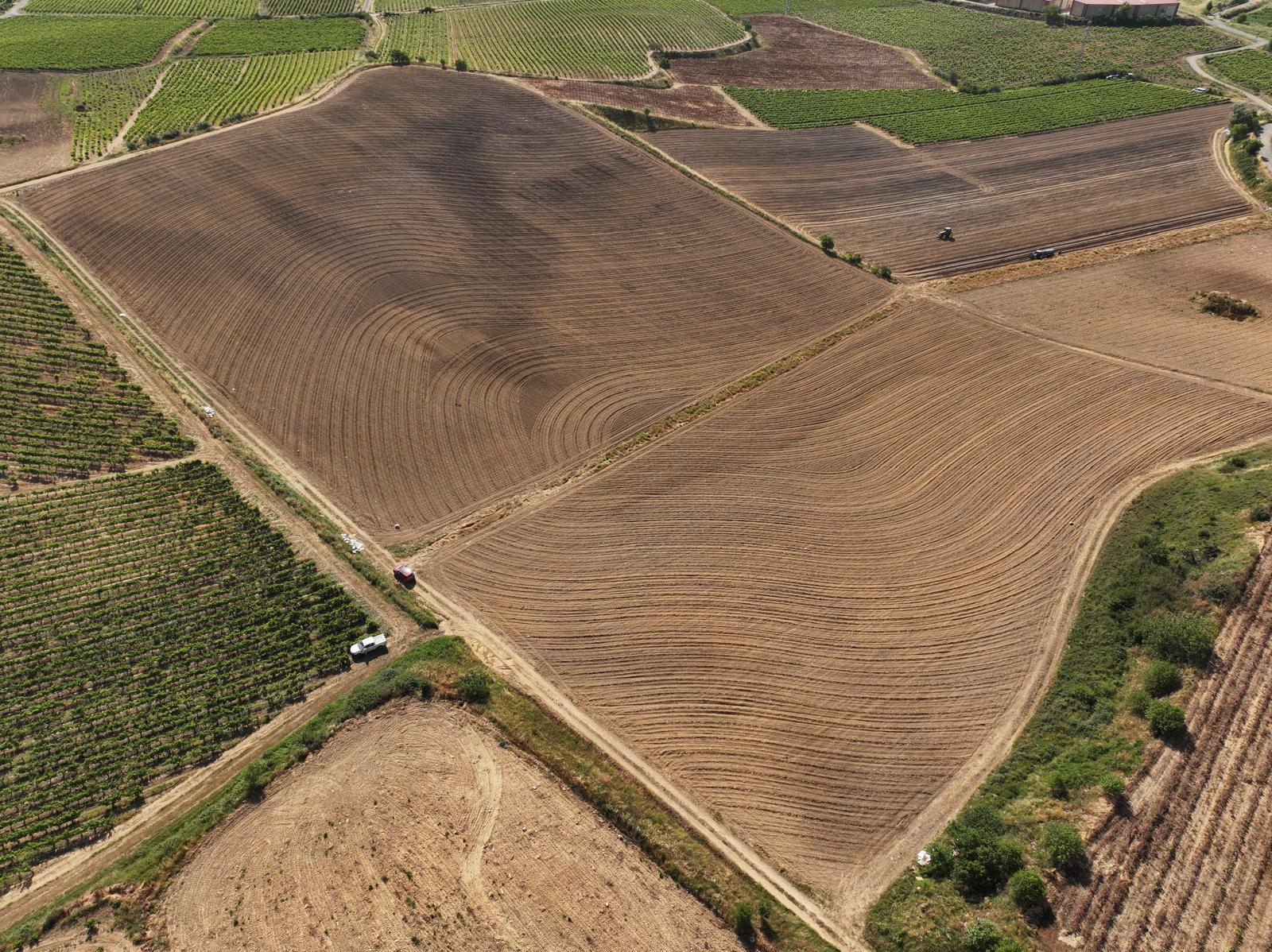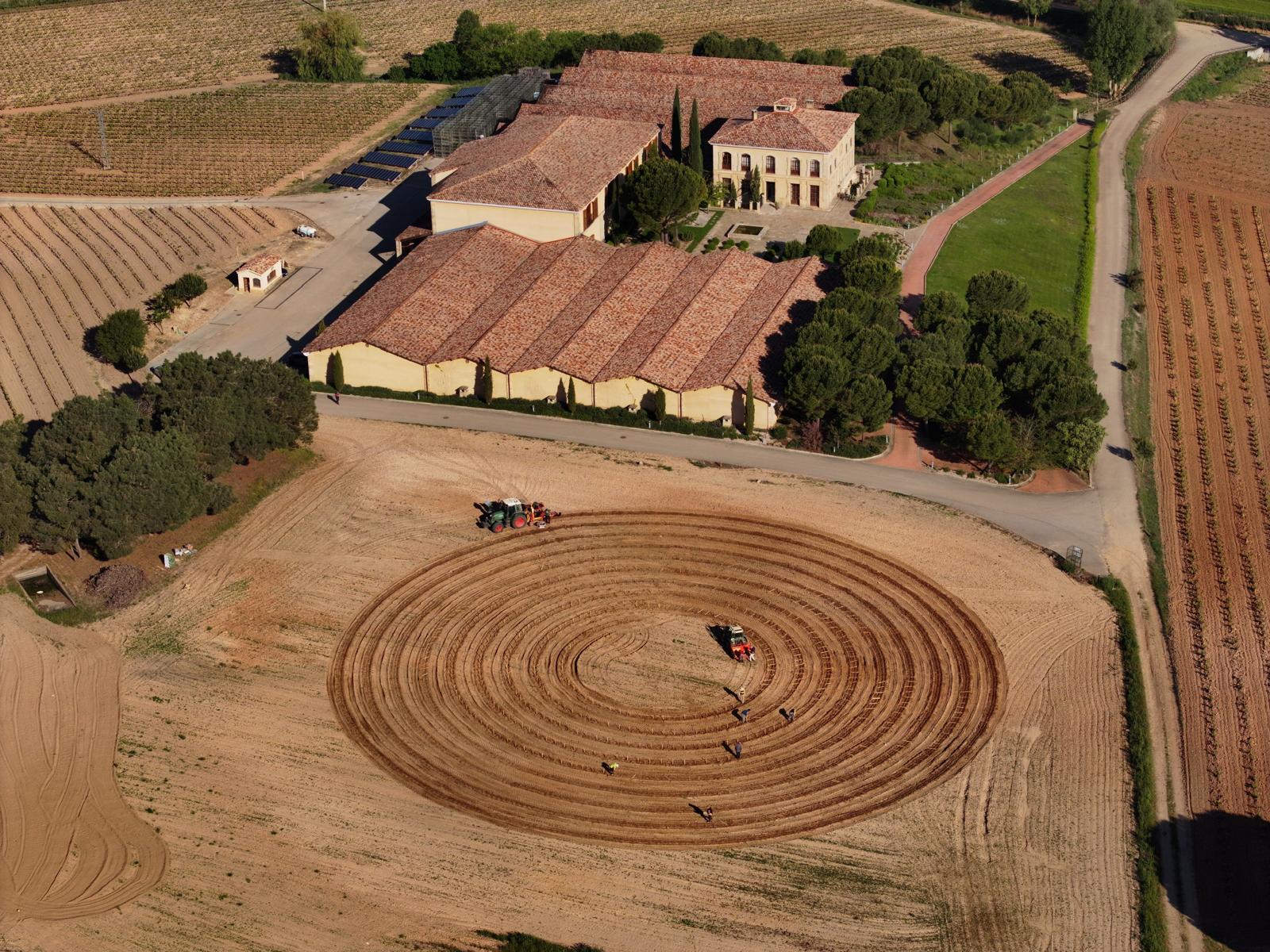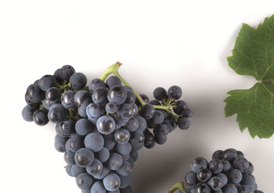Advance steadily with an integrated strategy in Rioja Alta, Rioja Alavesa, Ribera del Duero, and Rías Baixas to continue guaranteeing the excellence of its wines. Promote innovative projects such as Spain’s first spiral-shaped vineyard and high-altitude keyline planting systems to address the impact of climate change.
La Rioja Alta, S.A. reinforces its commitment to the vineyard as a strategic pillar and the origin of the quality of its wines. In a context marked by the effects of climate change and the challenge of ensuring long-term excellence, the winery group is developing ambitious vineyard planting, restructuring and innovation projects across its four estates: La Rioja Alta, S.A. (Rioja Alta), Torre de Oña (Rioja Alavesa), Áster (Ribera del Duero) and Lagar de Fornelos (Rías Baixas).
At Torre de Oña, the planting program is articulated around the Viñedos Artesanales (Artisanal Vineyards) project, an initiative that values small, unique plots through the recovery and direct management of old, traditionally goblet-trained micro-parcels—some over a century old and all significantly older than 50 years—which are at risk of abandonment. These plots are selected for their altitude, exposure, and viticultural potential. This philosophy has already taken shape in wines such as El Camino, whose first vintage, 2021, offers a new, contemporary perspective on Rioja Alavesa.
In parallel, Torre de Oña has uprooted 34 hectares of vineyard in Páganos—12 of which have already been replanted—and has started planting 13.5 hectares in the town of Kripán, at over 750 meters above sea level. One of these plots even exceeds 800 meters, making it the highest vineyard in the area and one of the highest in the entire Rioja DOCa. These vineyards employ techniques such as goblet training, high-density planting and, especially, the keyline system, which follows the land’s natural contour lines and enables more efficient and natural water distribution, preventing erosion and promoting sustainability.

La Rioja Alta, S.A., based in Haro, is also moving forward with its sustainable growth strategy by adding 13 new hectares of Tempranillo in municipalities such as Rodezno, Zarratón and Haro, planted in carefully selected soils ideal for ageing wines.
Meanwhile, in Ribera del Duero, Áster has completed the planting of the first spiral-shaped vineyard in Spain. This is a one-hectare experimental plot designed as part of an R&D&I project to study vine behavior based on sun exposure from different orientations. This unique layout will allow for agronomic, oenological and climatic analysis of differential vine management, providing valuable data on varietal adaptation and fruit quality. Additionally, on an experimental basis, 2.5 hectares at Áster have been regrafted with the Malbec variety.

Finally, at Lagar de Fornelos (Rías Baixas), the group has completed the replanting of 13.7 hectares of Albariño trained in the traditional pergola system in the O Rosal sub-region, along with 3.74 hectares on trellises planted with native varieties such as Caíño Blanco, Treixadura and Godello. This momentum reinforces the Atlantic, varietal and Galician identity of the wines Lagar de Cervera, Pazo de Seoane, and Lindeiros.
Together, these projects—more than 80 hectares replanted or newly planted—confirm La Rioja Alta, S.A.’s unwavering commitment to the vineyard as the foundation of its winemaking and to a model of viticulture that is sustainable, innovative, and deeply respectful of the landscape and traditions of each region.
-
 Scott WestphalNov. 3, 2025, 4:26 a.m.I live in Austin, TX, I am hosting a large wine event featuring the wines of Spain. One of the wines being featured is the 2010 La Rioja Alta Vina Ardanza Reserva. One of the questions I will no doubt be asked is what more recent vintages of this wine are currently available. The latest I can find is 2019. My understanding is that 2021 was an iutstadibg year for Rioja.
Scott WestphalNov. 3, 2025, 4:26 a.m.I live in Austin, TX, I am hosting a large wine event featuring the wines of Spain. One of the wines being featured is the 2010 La Rioja Alta Vina Ardanza Reserva. One of the questions I will no doubt be asked is what more recent vintages of this wine are currently available. The latest I can find is 2019. My understanding is that 2021 was an iutstadibg year for Rioja. Nov. 3, 2025, 9:34 a.m.Hi Scott, Thank you for choosing Viña Ardanza for the event. The latest and most recent vintage of Viña Ardanza currently on the market is 2019. Regards.
Nov. 3, 2025, 9:34 a.m.Hi Scott, Thank you for choosing Viña Ardanza for the event. The latest and most recent vintage of Viña Ardanza currently on the market is 2019. Regards.
























